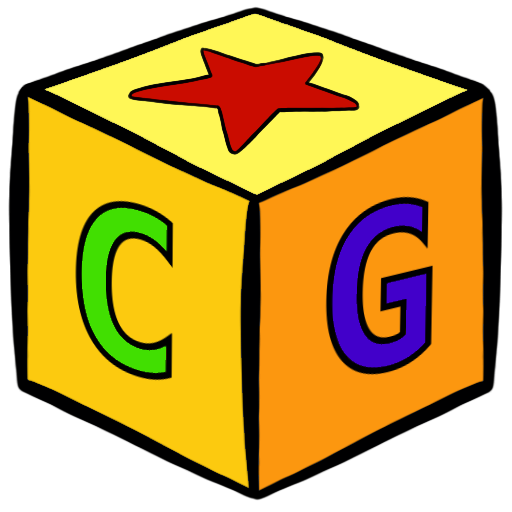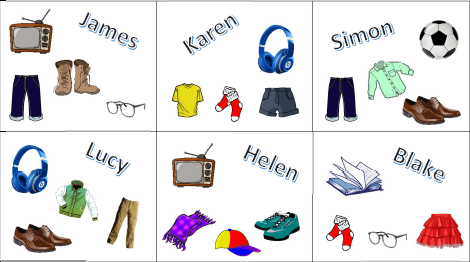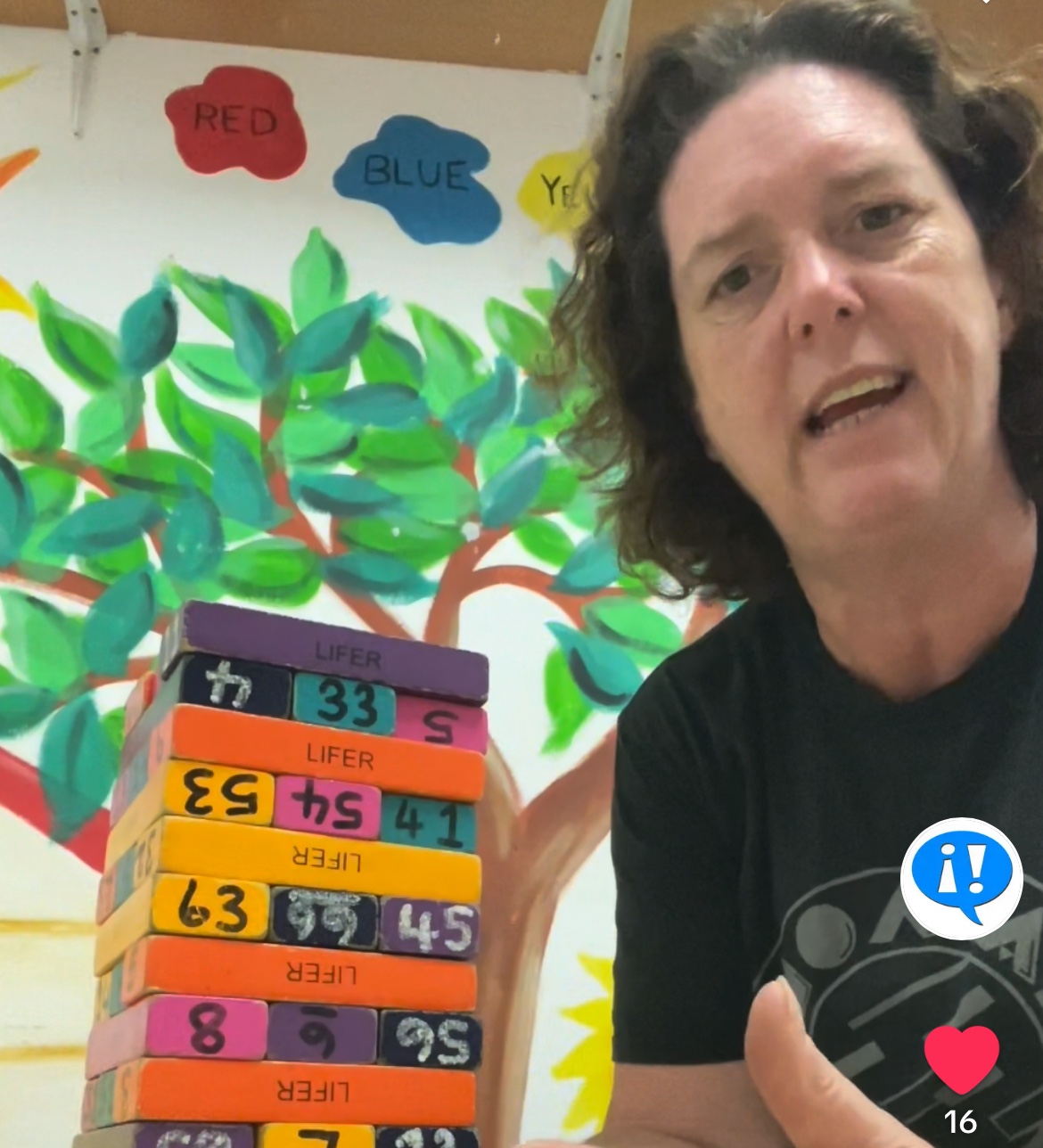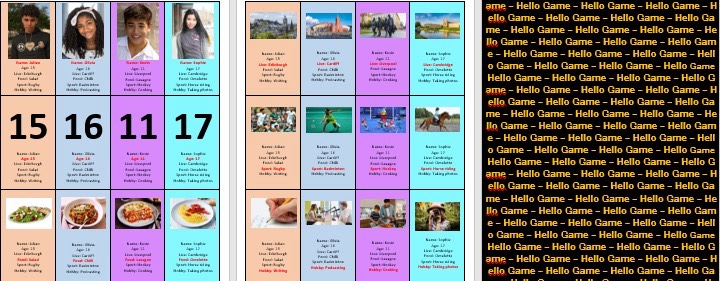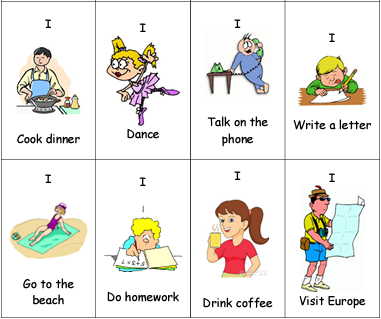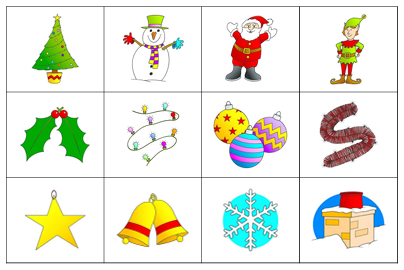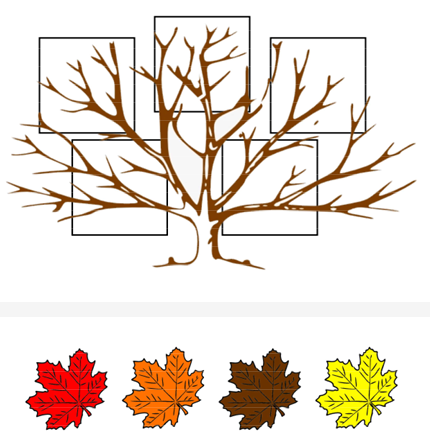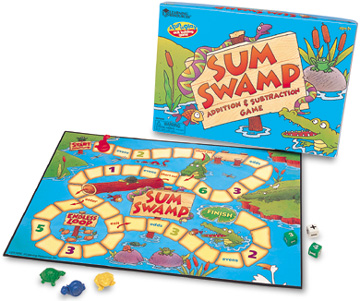What is it?
This is a fun game that you can use to practise the Present Continuous tense in positive, negative and question forms with either one-to-one classes or with groups of students.
It has been made in a pictorial form, so it is not necessarily just useful for English teachers, and can be adapted for any language classroom.
How to play
Print off one copy of the worksheet for each student playing.
Students take it in turns to select one of the names without letting anyone know whom they have chosen.
Other students ask present continuous questions to guess the person.
You can practice using He, She and They pronouns as many names are gender neutral for inclusivity.
“Are they wearing a shirt?â€
“No, they’re not.â€
“are they wearing a skirt?â€
“Yes, they are.â€
“Are they reading?â€
“Yes, they are.â€
“Are they wearing glasses?â€
“Yes, they are.â€
“Are they wearing socks?â€
“Yes, they are.â€
“Is it Blake?â€
“Yes. It is.â€
Where can I get it?
Download the game from the shop for free for the next 6 months using this link:
https://classroomgames.net/product/present-continuous-conversation-game/
